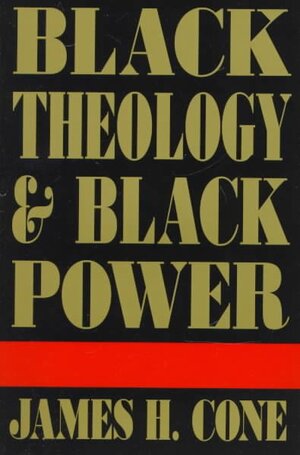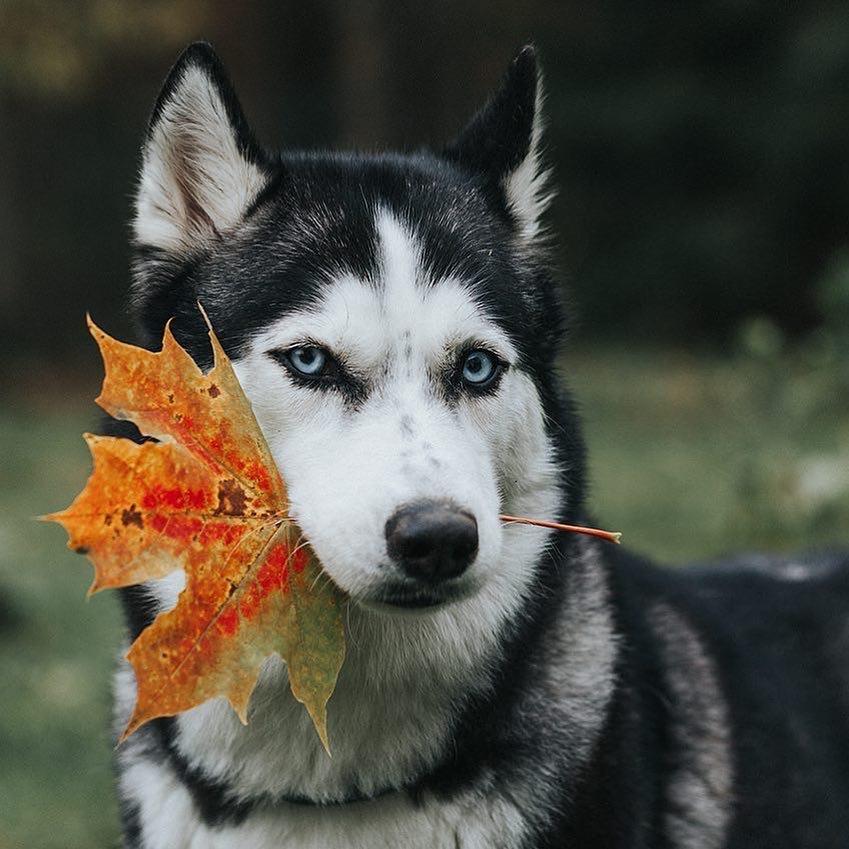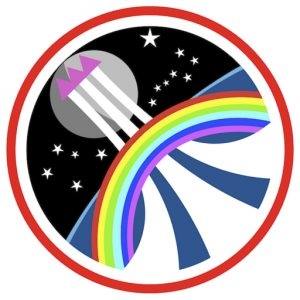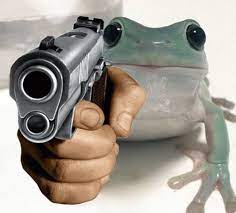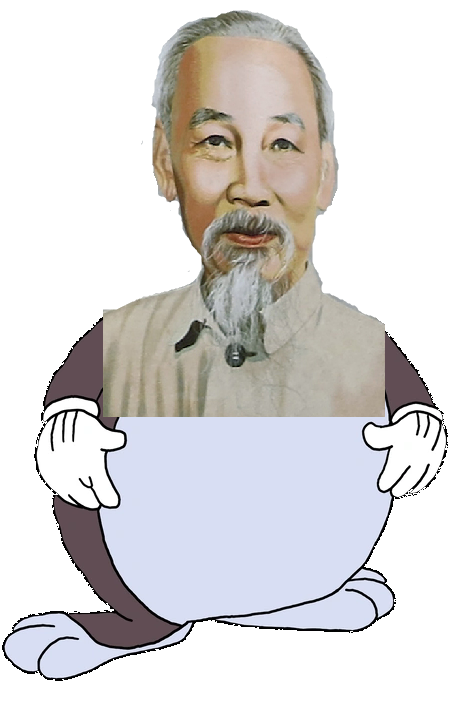The American crocodile (Crocodylus acutus) is a species of crocodilian found in the Neotropics. It is the most widespread of the four extant species of crocodiles from the Americas, with populations present from South Florida and the coasts of Mexico to as far south as Peru and Venezuela.
The habitat of the American crocodile consists largely of coastal areas. It is also found in river systems, but tends to prefer salinity, resulting in the species congregating in brackish lakes, mangrove swamps, lagoons, cays, and small islands. Other crocodiles also have tolerance to saltwater due to salt glands underneath the tongue, but the American crocodile is the only species other than the saltwater crocodile to commonly live and thrive in saltwater. They can be found on beaches and small island formations without any freshwater source, such as many cays and islets across the Caribbean. They are also found in hypersaline lakes; one of the largest known populations inhabits Lago Enriquillo in the Dominican Republic.
The American crocodile is one of the largest crocodile species. Males can reach lengths of 6.1 m (20 ft 0 in), weighing up to 907 kg (2,000 lb). On average, mature males are more in the range of 2.9 to 4.1 m (9 ft 6 in to 13 ft 5 in) in length weighing up to about 400 kg (880 lb). As with other crocodile species, females are smaller, rarely exceeding 3.8 m (12 ft 6 in) in length even in the largest-bodied population.
Like any other large crocodilian, the American crocodile is potentially dangerous to humans, but it tends not to be as aggressive as some other species.[9] American crocodiles coexist with the American alligator in Florida, and with the smaller spectacled caiman within Central America and South America.
Evolution
Until 2020, the evolution of the American crocodile was poorly understood. However, the discovery of the Miocene species Crocodylus checchiai indicates that it, the Orinoco crocodile (Crocodylus intermedius), Morelet's crocodile (C. moreletii), and the Cuban crocodile (C. rhombifer) all share an ancestor hailing from Africa. The newly discovered animal may also represent the base of the evolutionary radiation of these animals, representing the missing link between crocodiles in Africa and the Americas.
The genus Crocodylus likely originated in Africa and radiated outwards towards Southeast Asia and the Americas, although an Australia/Asia origin has also been considered. Phylogenetic evidence supports Crocodylus diverging from its closest recent relative, the extinct Voay of Madagascar, around 25 million years ago, near the Oligocene/Miocene boundary. American crocodile populations in Florida, Jamaica and Hispaniola (in the Dominican Republic) differ in gene frequencies.
Characteristics
The American crocodile is a highly fecund species (38 clutch of eggs; fecundity over 20 after 15 years old) with a high adult survival rate and long life span. Like all true crocodilians, the American crocodile is a quadruped, with four short, stocky legs; a long, powerful tail; and a scaly hide with rows of ossified scutes running down its back and tail. Its snout is elongated and includes a strong pair of jaws. A 3.2-metre (10 ft 6 in), 164-kilogram (362 lb) specimen had a bite force of 4,355 N (979 lbf). Its eyes have nictitating membranes for protection, along with lacrimal glands, which produce tears.
The American crocodile is sometimes confused with the Morelet's crocodile, a smaller species that is native to Mexico.
Distribution and habitat
The American crocodile is the most widespread of the four extant species of crocodiles from the Americas. They are saltwater-tolerant, and have thus been capable of colonizing a multitude of islands within the Caribbean, and on some coastal Pacific islands as well. They inhabit waters such as mangrove swamps, river mouths, fresh waters, and salt lakes, and can even be found at sea, hence their wide distribution throughout southern Florida, the Greater Antilles (excluding Puerto Rico and Isla de la Juventud, where they are replaced by the introduced spectacled caiman[44]), Martinique, southern Mexico (including the Yucatán Peninsula), Central America, and the South American countries of Colombia, Peru, Venezuela (including on Margarita Island), and Ecuador.
American crocodiles coexist with the smaller spectacled caiman within Central America. The only other crocodiles present within the American crocodile's range are the Morelet's crocodile, and the critically endangered Cuban and Orinoco crocodiles. In addition, an American/Cuban crocodile hybrid was recently discovered in the Cancún area of Mexico. The crocodile likely originated in the Zapata Swamp of Cuba
The American crocodile's saline tolerance may have allowed it to colonize limited portions of the United States, particularly southern Florida. Contrary to popular misinformation, the presence of the American alligator is not the reason the American crocodile was unable to populate brackish waters north of Florida, but rather the climate, as crocodiles are less tolerant of cold.
Biology and behavior
American crocodiles are more susceptible to cold weather than American alligators. American crocodiles do not have social groups but occasionally, they congregate for feeding and basking in the daytime. While basking, they will leave their mouths wide open that exposes blood vessels in the mouth to cooler and warmer air, which helps regulate body temperature. While an American alligator can survive in water temperatures of 7.2 °C (45.0 °F) and below for some time, an American crocodile in that environment would lose consciousness and drown due to hypothermia. American crocodiles, however, have a faster growth rate than alligators, and are much more tolerant of saltwater.
Unlike other crocodiles, the American crocodile uses acoustic signals to communicate. Crocodile communication is centered on short-distance communications during courtship and hatching.
Croc Coast (Full Episode) | Florida Untamed :croc-pog:
Megathreads and spaces to hang out:
- ❤️ Come listen to music and Watch movies with your fellow Hexbears nerd, in Cy.tube
- 💖 Come talk in the New Monthly queer thread
- 💛 Read about a current topic in the news
- ⭐️ October Movie Nominations ⭐️
reminders:
- 💚 You nerds can join specific comms to see posts about all sorts of topics
- 💙 Hexbear’s algorithm prioritizes struggle sessions over upbears
- 💜 Sorting by new you nerd
- 🌈 If you ever want to make your own megathread, you can go here nerd
- 🐶 Join the unofficial Hexbear-adjacent Mastodon instance toots.matapacos.dog
Links To Resources (Aid and Theory):
Aid:
- 💙Comprehensive list of resources for those in need of an abortion -- reddit link
- 💙Resources for Palestine
Theory:
Boy this dalai lama news is so abhorrent that I don't think a single person will try to defend it, now time to log on to Twitter dot com
Somehow I hadn't heard about this until now. Wtfff :agony-acid:
why did this have to be the thing I actually look up of all things
Side bar: is the dalai lama a CIA asset. Forgive me if this is struggle worthy, I literally no nothing about this but I vaguely remember something about DL being pro-afghanistan war
now time to log on to Twitter dot com
[cursed bird site voice] um actually China made him do pedophile shit, this is Xi's fault.
I saw folks saying was "cultural" and that he apologized so it should be okay
New Megathread Nerds!!! :posting: :croc-pog: :amerikkka: :EZLN:
-
🐶 Join the unofficial Hexbear-adjacent Mastodon instance toots.matapacos.dog
-
🌈 If you ever want to make your own megathread, you can go here nerd
@aaaaaaadjsf @Abraxiel @Abstraction @Acute_Engles @American_Communist22 @AnarchaPrincess @Antilope @Alaskaball @Aliveelectricwire @artificialset @bbnh69420 @BigLadKarlLiebknecht @buh @CatEars420 @cawsby @CDommunist @Cheesewizzard @Cherufe @ClimateChangeAnxiety @clover @comi @Commander_Data @ComradeCmdrPiggy @ComradeEchidna @context @congressbaseballfan @corgiwithalaptop @crime @Cromalin @CyborgMarx @Dawn_Beveridge @Dirt_Owl @Dolores @Donut @drinkinglakewater @Dryad @ElChapoDeChapo @ElGosso @el_principito @EmmaGoldman @FidelCashflow @Flinch @flowernet @forcequit @Frogmanfromlake @Gabbo @GalaxyBrain @ghosts @Goadstool @GomerPyle @GorbinOutOverHere @GoroAkechi @Grownbravy @GVAGUY3 @HarryLime @hexaflexagonbear @HoChiMaxh @Hohsia @Ho_Chi_Chungus @Ideology @InevitableSwing @iwillavengeyoufather @I_HATE_JOHN_CALVIN @jabrd @JamesConeZone @Kanna @Kaputnik @Koa_lala @kristina @LesbianLiberty @marxisthayaca
@MaxOS @MelaniaTrump @Mindfury @mkultrawide @Nakoichi @PaulSmackage @plinky @PM_ME_YOUR_FOUCAULTS @PorkrollPosadist @President_Obama @PurrLure @Ram_The_Manparts @Redcuban1959 @RNAi
@Rojo27 @RoseColoredVoid @solaranus @SorosFootSoldier @Sickos @silent_water @Sphere @Spike @spring_rabbit @ssjmarx @take_five_seconds @TankieTanuki @Teekeeus @Tervell
@TheSpectreOfGay @ThisMachinePostsHog @ultraviolet @UlyssesT @Venustum @viva_la_juche @WhatDoYouMeanPodcast @Wheaties @WhyEssEff @WIIHAPPYFEW @wtypstanaccount04 @wombat @Yanqui_UXO @Zoift @Zuzak@thelastaxolotl @WhoaSlowDownMaurice @Quimby @Lydia
@CARCOSA @liberal @ella @all_that_is_solid @KenBonesWildRide @KiraNerys @TomboyShulk @DuckNuckem @SapGreen @Zangief @scumlord @COMMENT @Antisocial_Socialist @DOPESMOKERDENG
Remember nerds, no current struggle session discussion here on the general megathread, i will ban you from the comm and remove your comment, have a good day/night :meow-coffee:
-
3yo daughter walked in on me watching an old Richard Nixon interview and loudly proclaimed "Robot!" It took me the entire rest of the day to figure out that what she meant was "I know that man because I've also walked in on you watching Futurama, which features him and also a robot."
CNN news, hundreds dead in spree shooting live updates:
The commercials: APPLEBEES ON A DATE NIGHT, TWO DESSERTS TWO APPETIZERS YEA YEA 🎶
Ideal relationship: Two autistic partners roleplaying as a teacher and a student but the homework isn’t a pretense for sex there’s actually homework and the subject of the homework is actually reading an article about the student’s special interest so they can both stay up until 3am discussing its merits until they’re finally exhausted and cuddle and kiss and it’s really cute and maybe they have sex but that’s not the important part.
A truck carrying toxic soil from the East Palestine train derailment site overturned just before 1 p.m. Monday in Columbiana County. According to the Ohio State Highway Patrol, a commercial vehicle hauling 40,000 pounds of contaminated soil from the train derailment site was involved in a crash on state Route 165 near Waterford Road. The driver was 74-year-old Phillip Falck, of McDonald, Pennsylvania. He suffered minor injuries from the crash and was cited for operating a vehicle without reasonable control. The northbound tractor-trailer traveled off the right side of the roadway, hit a ditch and utility pole and overturned onto its right side. Highway Patrol estimates that approximately 20,000 pounds of soil spilled onto the roadway and berm. According to the Ohio EPA, the spill was contained and is not a threat to nearby waterways.
He [...] was cited for operating a vehicle without reasonable control.
Were the fumes from the cargo making him dizzy?
Man I was talking to this really cute girl that had a strong connection with me for a while. We went out and then she says she realized she isn't ready to date and cut off all contact, blocking me as well. Did not expect the emotions to hit as hard as they have.
You get to a certain age and your idea of a good time is going for a walk. That's just how it is.
I'm actively thinking about going for a walk. Perhaps I'll give an update in a week or two on my current status.
same. more "hike" i guess nowhere to walk where i live so went to a nice park and went up a little mountain.
My daily walks are the only thing keeping me from going full terror-mode on my enemies right now.
My hands look like this
:headpat:
:bottom-speak:
So that his can look like this
:bottom-speak:
:shy:
My latest Twitter bit is positive toxic masculinity. " you to fucking stupid to learn their pronouns? I got an old hooked on phonics set in the closet if you can't fucking read" and "comunism is about a man being entitled to the fruits of his labor. You gonna tell me after a day of pouring concrete some globalist banker type gets paid not me?" The results so far have been mixed, but I am working on it
I dont try to judge it personally, it should be more of a default position in the US but the people who should be like this are heavily propagandized
The negative of catching feelings has now caught up with me. I hate myself even worse than usual and want to die (more than normal). Why is everything always so fucking bad????
"When you call me an alt right fascist this is to whom you're speaking"
posts picture of a child
child clearly has bad vibes
Hitler particles are real.
Today was actually my last day at my job of all bigots!
I set the out of office message on my email to say trans rights are human rights, changed my PFP on the email account to a trans pride pic, and set the lock screen on the computer to a trans rights are human rights wallpaper
:cat-trans:


